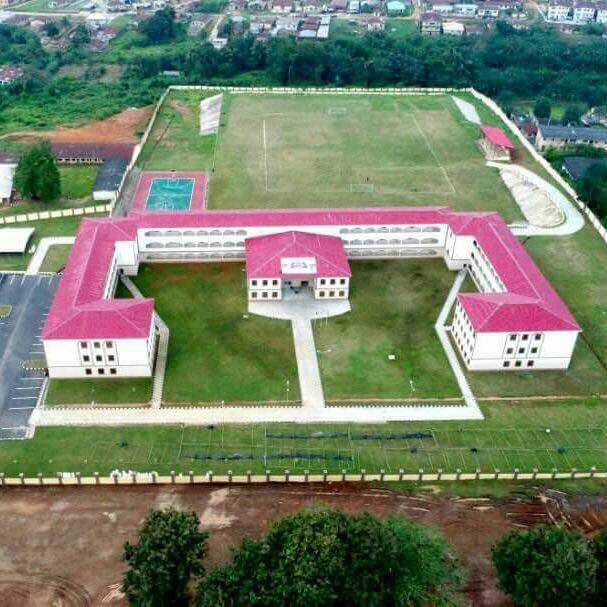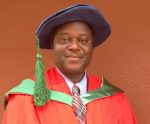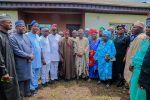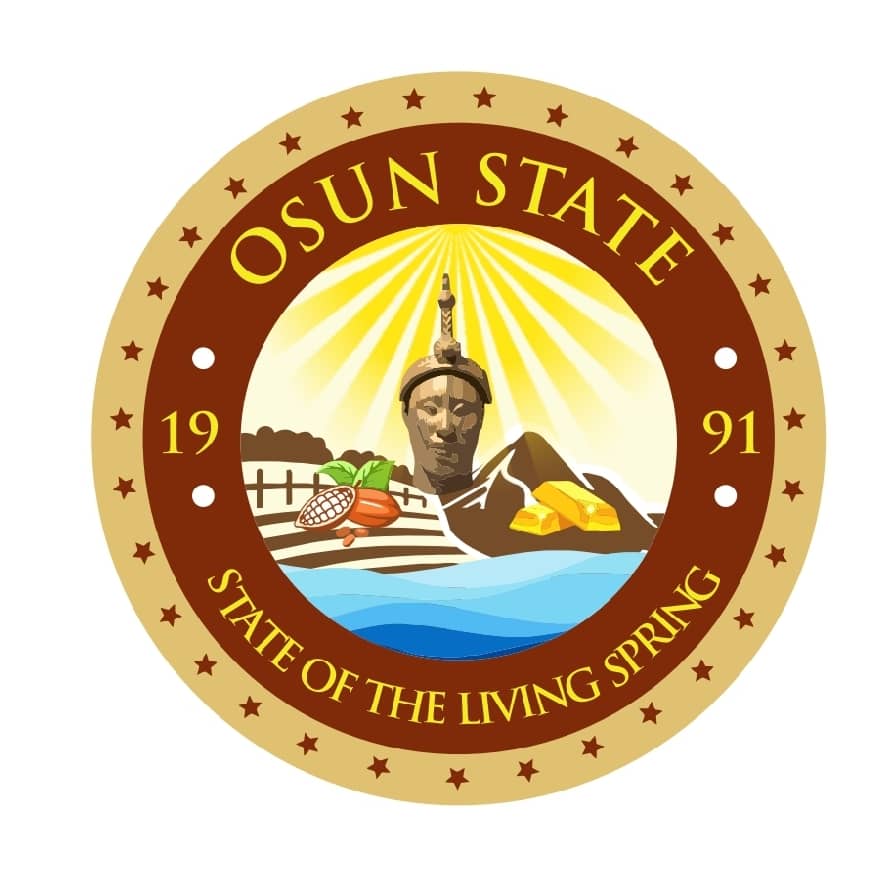Governor Rauf Aregbesola has identified the link between knowledge and economic miracles which is education and he has built and equipped schools in Osun with huge investment in education. He said that the world is moving towards the use of knowledge rather than wealth to measure success, adding that those who invested in education stand the chance of becoming rich, saying, “What differentiates human beings from animals is education aside from good manners. In the history of mankind, those who lead the human race are usually the most knowledgeable.”
The more educated a workforce is, the more it is able to absorb knowledge and translate it into economic growth, hence Osun huge investment in education is a strategic foresight which has taken education beyond classroom.
Governor Aregbesola has realised that globally, some people are at risk of losing their jobs due to the advance in computer technology. Therefore, policy like strategic foresight was needed to endow students with required skills. With the introduction of educational reforms in quest for knowledge and performance-driven economy, Osun has been able to meet up with the 21st century job demand which is the information communication technology (ICT) to enhance teaching and learning in order to cope with the changing world and take education beyond classroom.
Since 2010, Osun government has understood that it is critical to take a structured approach by thinking about the future in order to better build prosperous societies. Strategic foresight in the state has been practiced so pervasively and produced 21st century technological desired results. Investing in human capital through an educational policy has been a growing priority for the government in the last 8 years. These policies were expected to lead to an enhanced productivity, economic growth, and development.
In addition, improving teaching abilities via training of teachers and reforming learning materials were funded as effective ways of enhancing education quality. In the last 8 years, we’ve witnessed more technological progress in Osun than any generation before us and the coming decades will see more innovations than ever before. Massive advances in digital technology have ‘rebooted’ the way we think, play, work, and interact with each other, and have affected every aspect of society – education being no exception.
Aregbesola is aware that the current digital world is essential to ensure that Africa’s young people are fully prepared for their future lives and careers. He believes that accelerating the adoption of technologies in the classroom will both empower teachers to improve education outcomes and ensure they adapt to the digital shift, help bridge the digital divide and, most importantly, provide students with the education they need to transit into jobs in the knowledge economy. The government has invested in providing opportunities for youth to succeed in today’s competitive marketplace, and to support this important work, it recently committed millions of dollars in community investments to increase access to computer science for young people over the next three decades through Osun education initiative.
With technology inevitably making its way to the classroom and more educators across Osun are starting to explore the potential of educational technology to challenge, inspire and engage their students, we’ve decided to take a look at some of the most digitally inspiring classrooms from all across Osun. Osun education is being bombarded by tumultuous forces for change in the political, technological, social, economic, and environmental sectors, locally and globally.
Osun investment in education has prioritised and monitored learning, beyond traditional metrics, such as the number of teachers trained or number of students enrolled. Quality needs to be the focus of education investments, with learning gains as the key metric of quality.
Education spending has grown faster than GDP in Osun since 2010. If we expect that both technical productivity and our individual democratic power will each continue to accelerate in industrial democracies, it is then an easy prediction that the Big Three human capital industries of Health Care, Education, and Nonprofits will all make up large shares of most nation’s budgets in coming decades. The faster, smarter and more productive our machines, the more social wealth and tax base they create. In turn, in reasonably democratic countries, the more spending we’ll see in education and other sectors central to human potential.
As the world economy accelerates, and the value of knowledge work and computer work continues to grow, educational systems should feel even greater stresses to remain relevant to the needs of employers and students. Education influences several of the nine variables in the World Economic Forum’s annual Global Competitiveness Index. In Osun,E-learning, adaptive (computer-based) learning, and the educational technology sector are today seen as the disruptive edge of education.
The three senatorial districts in Osun State have benefitted from the massive investment in education under the Rauf Aregbesola administration. The state Commissioner for Education, Omotunde Young, disclosed that the first major challenge Aregbesola decided to tackle on assumption of office about eight years ago was the near collapse of the state’s public school system. He said the state education sector was so bad that public schools became completely unattractive and an object of ridicule, pointing out that apart from restoring the lost glory of public education by making it very attractive, the governor had gone a step further by proving that free education was still possible at the elementary and secondary levels.
“The education facilities being put in place are far better than those in the private schools”, he said, noting that one of the success stories of Aregbesola’s educational transformation in Osun, especially its school feeding programme, was the fact that it had become a model adopted by the Federal Government and the United Nations Educational, Scientific and Cultural Organisation (UNESCO).
According to Omotunde, Osun High School alone has enjoyed a minimum of about N11 billion worth of investment in the education sector since 2010, stressing, “eleven model high schools were built and commissioned across Osun”.
The scheme began with school feeding programme called O’ Meal (which has tremendously increased the enrolment of pupils in the public schools), followed by the school re-classification, provision of digital text books to the public secondary schools tagged tablet of knowledge (Opon Imo); payment of external examination fees for all public senior secondary schools; renovation of some school building and building of modern schools across the state. Aregbesola’s government has embarked on the construction of state-of-the-art 100 elementary schools, 50 middle schools and 20 high schools. Twenty elementary schools, 22 middle schools and 11 high schools have been completed.
The Ilesa Government High School, like any other completed 11 high schools in the state, is a state-of-the-art. Many people when they see the picture, because it is so good, argue it is computer generated graphics in 3D. Actually, the high school has 3,000 capacity three-in-one school. Each school has its principal with an overall senior principal. The complex has 72 classrooms of 49 square-meters each capable of sitting 49 students, 6 offices for study groups, 6 laboratories equipped with computers, 18 toilets for young ladies, 18 toilets for young men, 1 Science library, 1 Art Library, 1 Facility manager’s office, 1 Bookshop, 1 Sick Bay, 1 Bursar’s office, 3 Principals’ offices, 3 General Staff office, 1 Senior principal’s office, 1 Record store and 1 Security shed/Reception. There is a total of 1000 square-meters of floor space Hall capable of sitting 1000 students for external examinations. This hall has storage for equipments, utility storage, a stage, office space, storage for documents, 4 female toilets and 4 male toilets.
- Inwalomhe Donald writes from Benin City, [email protected]










